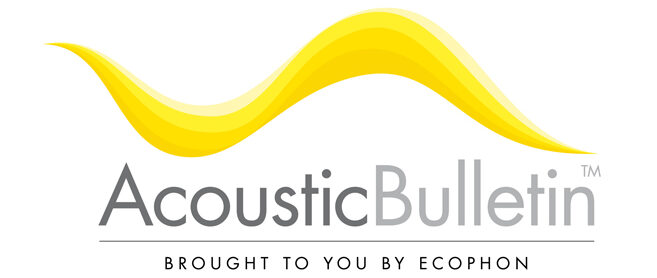
Cheol-Ho Jeong, Associate Professor of acoustics at the Technical University of Denmark, talked at EIAS 2023 about the problems of using absorption coefficients as input data for room acoustic simulations. Cheol-Ho has since his professorship in 2011 among many things engaged himself regarding the difficulties surrounding the use of the absorption coefficient, as defined by ISO 354.
Input data

One challenge is the great variations between labs – even if the labs fully comply with, and follow, what is stipulated by the standard. It was explained that this is a well know problem, but there is not yet a viable way to resolve this issue.
As a result, according to Cheol-Ho, these numbers are not well-suited for room acoustic simulations if high precision is required. A second complication is the fact that the absorption coefficient, being a simplified measure, is not always enough to make accurate predictions of the acoustic performance of a room. In fact, depending on the room and its configuration, using only the absorption coefficient can result in quite erroneous results. And according to Cheol-Ho the use of absorption classes (A, B, C, etc.) has even less of a value.
Absorption coefficients and absorption classes
However, during the Q&A after the presentation it was argued among the audience that in many situations the absorption coefficient, and even the absorption classes, may be sufficient to secure a good enough acoustic environmen. And if it’s good enough, the simplicity of using them may be more valuable than the lack of precision.
Then again, for more accurate predictions simulations may be necessary, and for such cases information is needed that is typically not provided by the manufacturers. To make accurate simulations, the actual boundary condition in terms of absorption or surface impedance is required. And since this would be possible to assess and share by the manufacturers it was proposed by Cheol-Ho that this should be generally provided so that proper simulations can be done when necessary.
Watch the presentation here and listen to the interview with Cheol-Ho!


